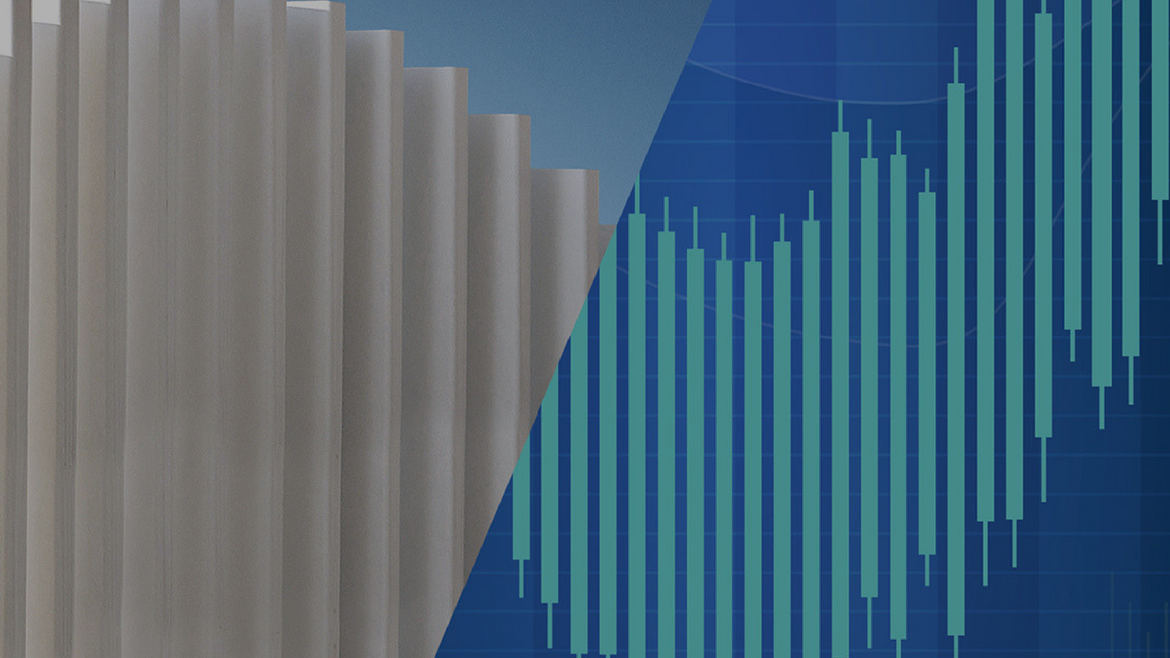In 2011, managers at EMI Music spotted something interesting. It concerned one of their new artists who boasted a strong following among young people, but little recognition in other demographic groups. EMI observed that other music fans were starting to take notice of the artist. Eventually, the company’s research showed that the artist had gained recognition among casual consumers, ie, those who listen to and watch mainstream radio and television. At that point EMI decided to back the artist with a major marketing campaign. It was subsequently rewarded with a number-one hit.
This kind of data-driven process is typical of the way that EMI operates, says David Boyle, the company’s senior vice-president for consumer insight. Decisions about how to market artists used to be made by managers with a deep knowledge of the industry but little data to draw on. Now those same managers can dive into EMI’s sizeable data holdings when making a decision on whom to promote.
At the heart of the process is a dataset that now contains over a million consumer interviews conducted in 25 countries over the past few years. Each interview generates around 100 pieces of data, covering everything from the interviewee’s reaction to new music to the supermarkets where he or she shops. “We have thousands and thousands of data points on any artist,” says Mr Boyle.
The interview results are bolstered by a stream of data that flow in from Spotify, a music-streaming service with a library of 15m tracks and 3m paying users. Spotify provides EMI and other labels with anonymised data on every track that a user listens to, providing the kind of fine-grained insight into listening habits that would have been unimaginable before the Internet.
EMI managers combine data from the interviews and Spotify to track an artist’s popularity among different demographic groups. They target their marketing spend accordingly. If an artist shows signs of attracting attention among an untapped group of consumers, managers may try to place the artist on radio and television shows that are popular with that demographic. Or, if the potential is big enough, they might launch a television advertising campaign. “In the last few years EMI has gone from a business where this kind of approach was slightly feared to one where data are used to help do almost everything we do,” says Mr Boyle.




